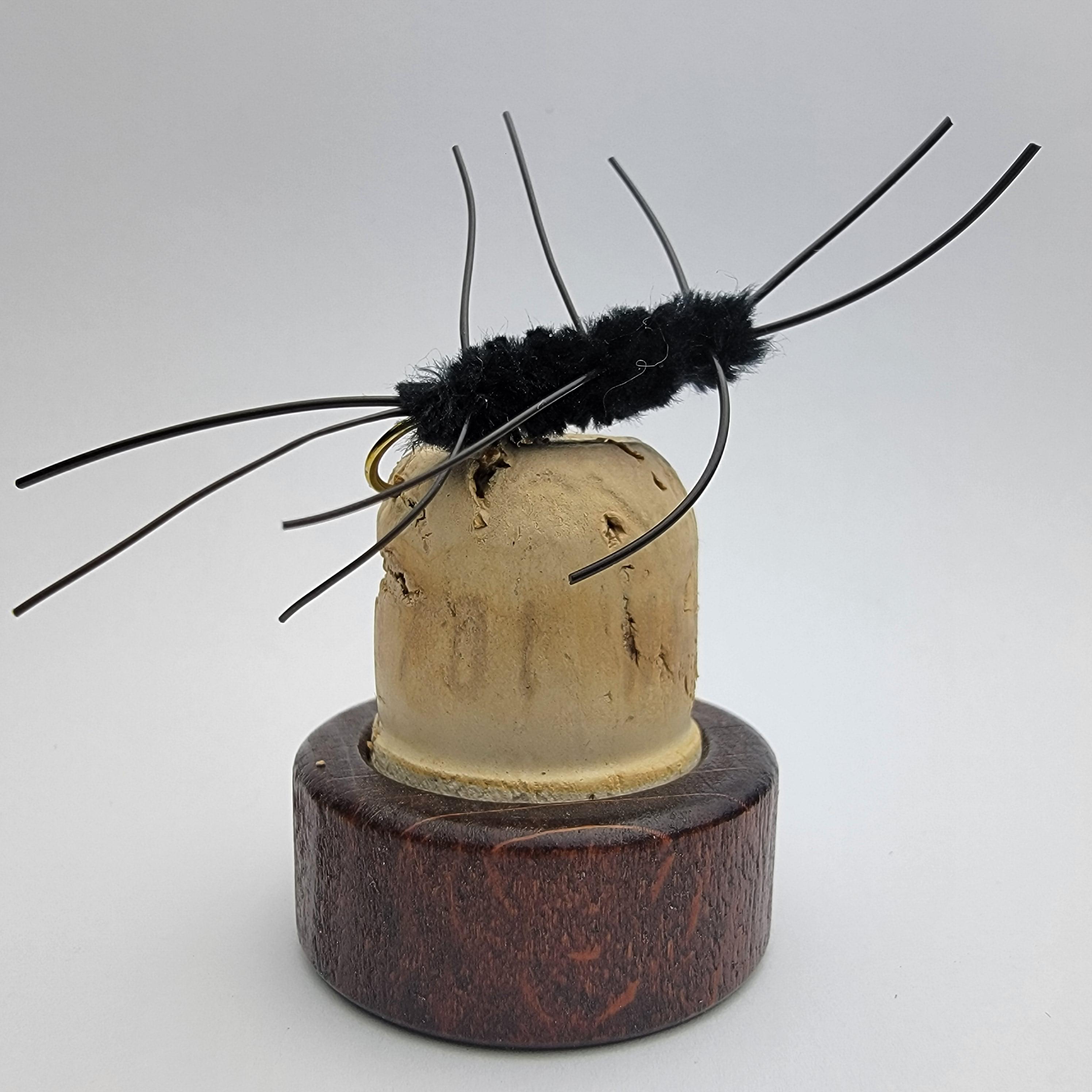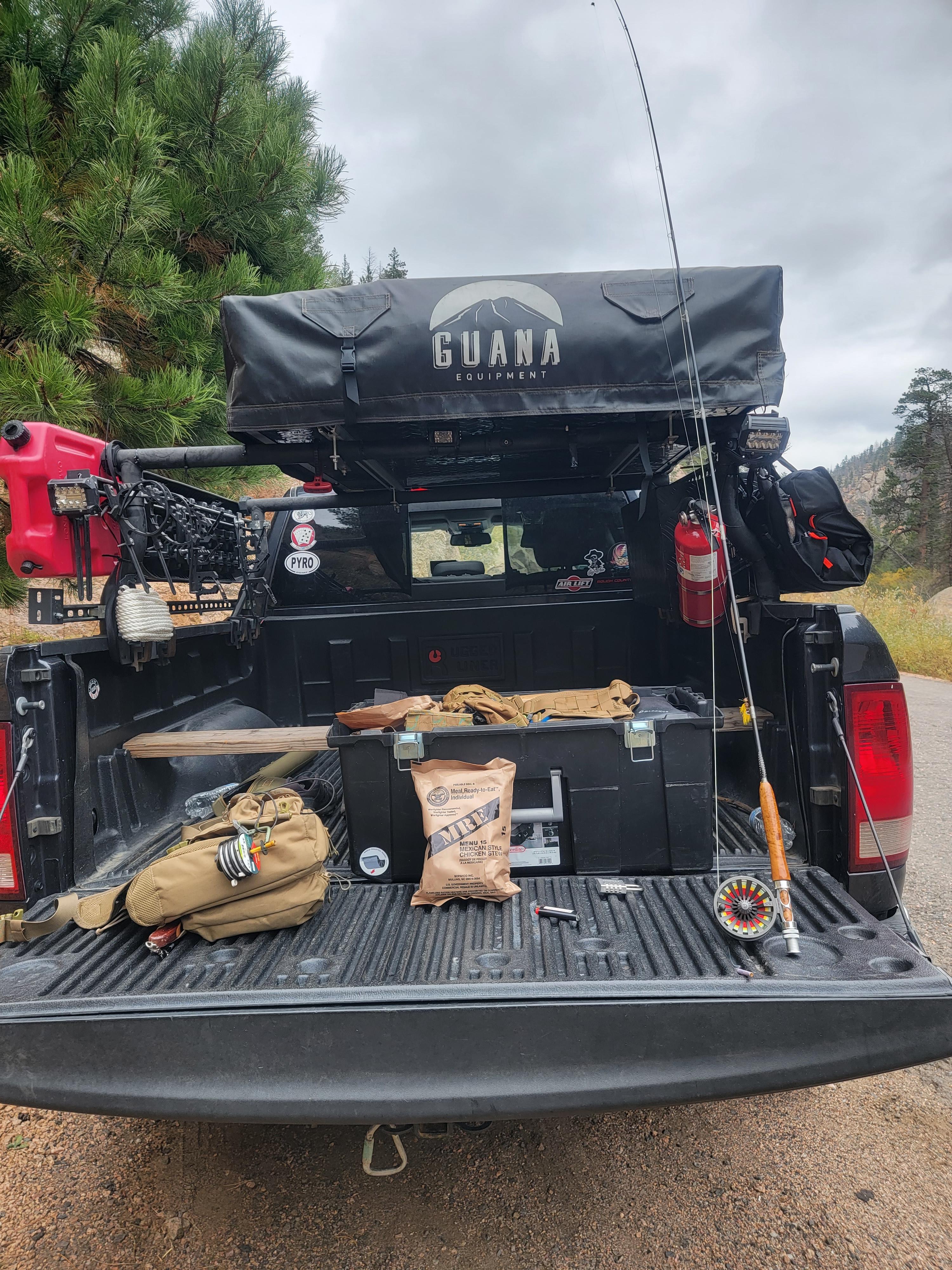The process of tying a Parachute Adams Fly for fly fishing is relatively straightforward and can be accomplished with a few simple steps. This popular fly pattern imitates a variety of mayflies and is an excellent choice for catching trout, especially in fast-moving water. With its distinctive white post and parachute hackle, the Parachute Adams Fly is easy to spot on the water's surface, making it an effective and popular choice among fly fishermen.
Parachute Adams Materials
- Dry fly hook (sizes 10-22)
- Grey or brown thread (size 8/0)
- Grey or brown hackle feather
- White or cream deer hair
- Grizzly or brown rooster saddle hackle feather
- Grey or brown dry fly dubbing
- Wing post / parapost material (optional)
Instructions
- Wrap thread on the shank of the hook starting from the eye of the hook, and move a little beyond the hook bend.
- Tie the hackle feather at the base of the hook bend, with the tip facing outwards along the hook bend.
- Tie the white or cream deer hair in by the tips (parallel to the shank) at the base of the wing post, with the concave part of the hair facing upwards.
- Build the thread to the midpoint of the shank, then tie in the rooster saddle feather near the base of the white or cream deer hair.
- Create a dubbing loop and add the grey or brown dubbing material; then wrap the dubbing around the thread. Wrap the dubbed thread forward to form a tapered body.
- Palmer the hackle feather around the dubbed body in evenly spaced turns, making sure the feather fibers curve back towards the fly's tail.
- Tie the rooster saddle feather back along the dubbed body.
- Create a dubbing ball to support the hackle.
- Pull the wing post perpendicular to the shank, then make a few tight wraps.
- Trim the wing post to desired length, approximately equal to the length of the hook.
- Add a drop of head cement to the thread at the eye of the hook, and whip finish the thread.
And that's how you tie a Parachute Adams fly for fly fishing! Of course, there are variations that you can make based on your personal preference and style, but these simple steps can get you started. Good luck and have fun tying!
.png?width=300&height=100&name=Copy%20of%20Rise%20Beyond%20Logo%2012.31.24%20(300%20x%20100%20px).png)
.png)



.jpg)